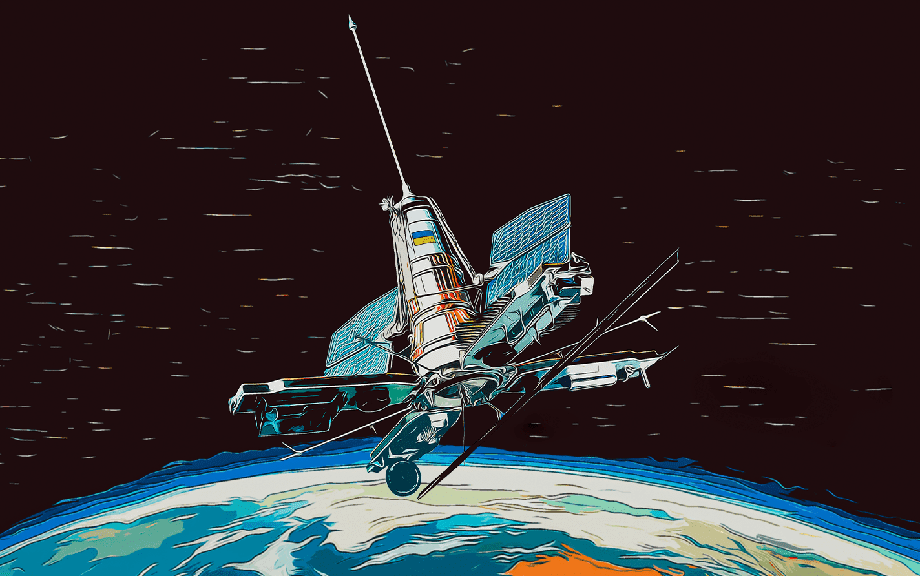The first Ukrainian-made orbital rockets began to take off into space immediately after Ukraine regained its independence from the USSR. In 1991, four Cyclone-2 launches were carried out, thus immediately putting Ukraine into the top ten countries capable of conducting space activities on their own.
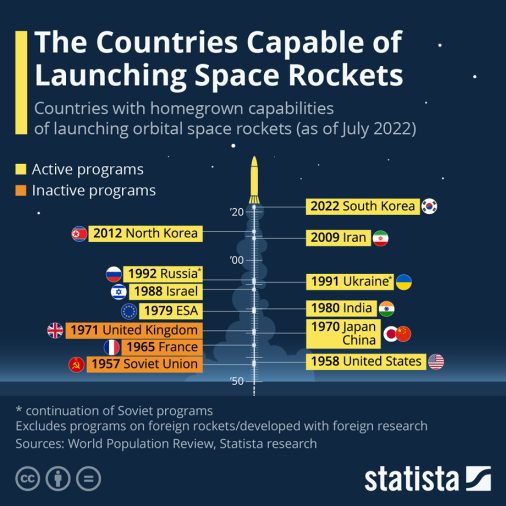
However, almost the entire industrial and production base of Ukraine was inextricably linked with Russian rocket science institutions. For decades, the Russian Federation remained Ukraine’s only real cost-effective option for space cooperation. To fulfill shared orders with the Russians, it was not necessary to significantly modernize Ukraine’s own rocket industry, nor to create truly new rocket technology concepts.
Only after the annexation of Crimea and Russia’s aggression in Donbas in 2014 would Ukraine begin to change this destructive vector for the development of its own rocket industry.
Forced “partnership”
In the USSR, everything was done according to a single standard, and the rocket industry was no exception. In many respects, it was tied to the Union’s shared production base, whose design bureaus and rocket factories were scattered across different parts of the Red Empire. The enterprises were designed specifically for the needs of a planned economy, so when the collapse of the USSR suddenly meant that the center of the rocket industry was no longer based in Moscow, many production and logistics chains were disrupted.
But this did not lead to a severance of ties with Russians in the production of rocket and space technologies, especially for the international market. There was no political demand for such measures from Ukraine, and many space enterprise directors maintained friendly relations with their Russian colleagues, who in the overwhelming majority kept their Soviet-era positions.
Personal and technological connections in the rocket industry established during the Soviet period were not interrupted by the advent of new borders
Thus, Ukraine’s shared industrial base and the vector of political development left it almost no other option besides manufacturing its rocket products in conjunction with Russia. Of course, there is an overly erroneous opinion that Ukraine should not have built on the developments of the Soviet period, but the modernization of powerful (for their time) Soviet rockets was seen as a logical solution at the time. However, it is worth realizing that supporting this activity in the way chosen at that point inevitably led to the Ukrainian rocket industry’s dependence on Russian components.
The rocket systems Ukraine was producing primarily include the two-stage Zenit-2 and its successor, the three-stage Zenit-3SL (for launches from the Sea Launch offshore platform). The propulsion jet engines of the first two stages were manufactured by the Russian enterprise Energomash. The engine for the upper stage (the third stage of the rocket) was also a Russian development, produced by the firm Energia.

Source: forum-conquete-spatiale.fr
Ukraine will overcome its dependence on Russian-made rocket engines over time; moreover, the country will even be able to organize the production of certain models for the world market. This will primarily involve liquid fuel engines. At the beginning of 2004, the Dnipro-based Pivdenne Design Bureau and Pivdenmash entered into a contract with the Italian company Avia SpA to develop propulsion engines for the Vega (and later Vega-C) rocket. It was a Ukrainian RD-843 liquid-propellant engine, developed by Pivdenne Design Bureau, that was installed on the fourth stage (AVUM+) of the European Vega-C rocket, which was intended to launch payloads into polar and low-Earth orbits.
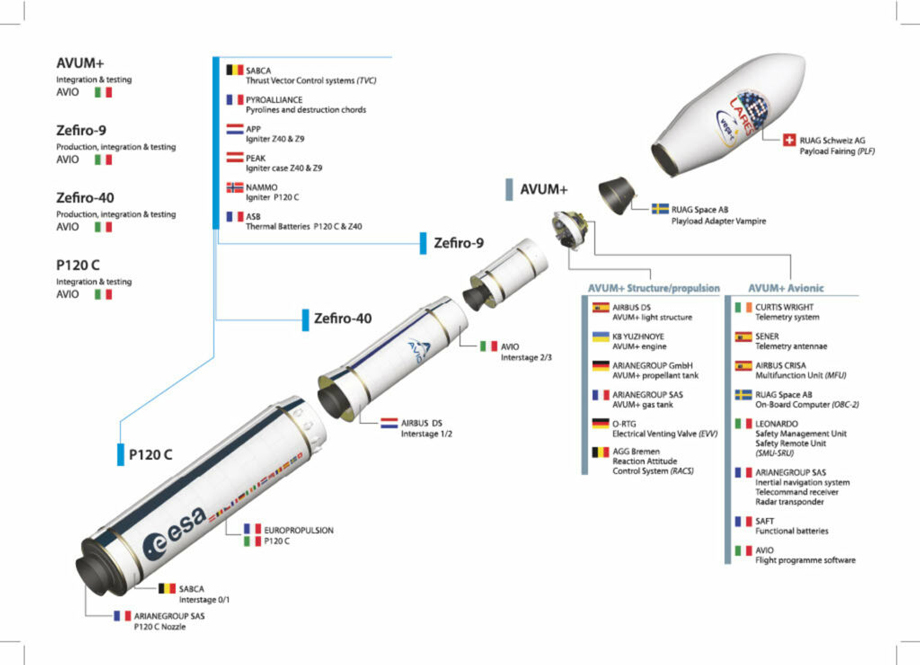
Source: ESA
Separate structural components produced by Pivdenmash were also built into other stages of the rocket. Thus, the nozzle of the Zefiro-40 second stage engine had a Ukrainian-made neck insert.
Vega-C would become Ukraine’s first major international rocket project without any Russian participation. In the future, Ukrainian propulsion engines will increasingly appear on domestic rockets.
One of the last ghosts of forced Ukrainian-Russian cooperation recently made its final payload delivery into orbit. The first stage of the Antares 230+ (Taurus II) launch vehicle was manufactured in Pivdenmash workshops with the participation of specialists from the Pivdenne Design Bureau. It was equipped with two Russian-made RD-181 main engines. During its 10-year operational period, Antares made 18 orbital launches, 17 of which were successful.
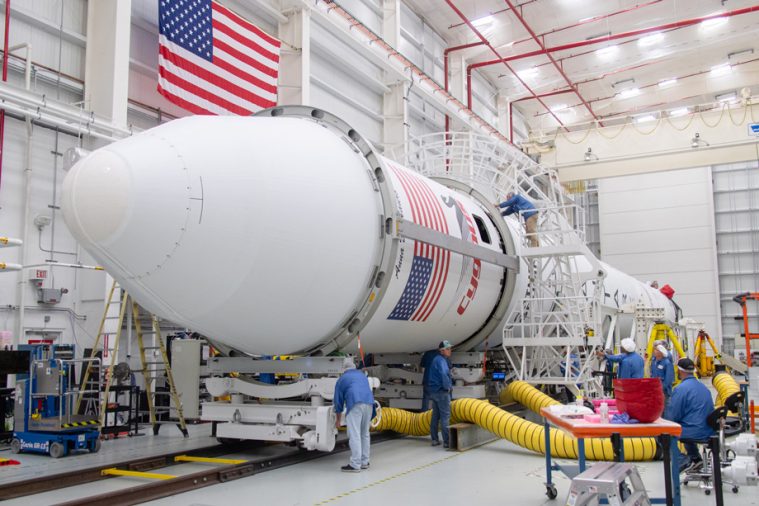
With this last flight, Antares left behind almost 30 years of cooperation with Russia. But the latter’s war of aggression has led to the Ukrainian state rocket industry concentrating on a different mission for ballistic missiles – military purposes. But that will come later. Up until 2014, Ukraine was moving in the opposite direction – reworking existing types of intercontinental ballistic missiles (ICBMs) for the needs of orbital launches.
“Cyclone” and “Dnipro”: orbital payloads instead of nuclear warheads
During Soviet times, the Ukrainian SSR was one of the largest suppliers of ICBMs to the Soviet nuclear forces. Chief among them was the R-36 missile (NATO designation SS-9 Scarp). The ICBM was capable of carrying various types of nuclear warheads with yields varying from 2.3 to 20 Mt.
The R-36 missile was put into service in 1967, and after 12 years (in 1979) it was removed from the production line. Despite its rather short period of operation, the USSR accumulated a significant number of R-36s in its stocks, which remained there until the collapse of the empire in 1991.
Along with the production of the R-36, Dnipro rocket scientists from Pivdenmash and Pivdenne Design Bureau also designed its “peaceful” version, called “Cyclone” (and its subsequent modification “Cyclone-2”). The testing of two-stage orbital rockets began in Soviet times, but continued after Ukraine gained independence. The Cyclone-2 was capable of placing a payload weighing 3.3 tons into low-Earth orbit.
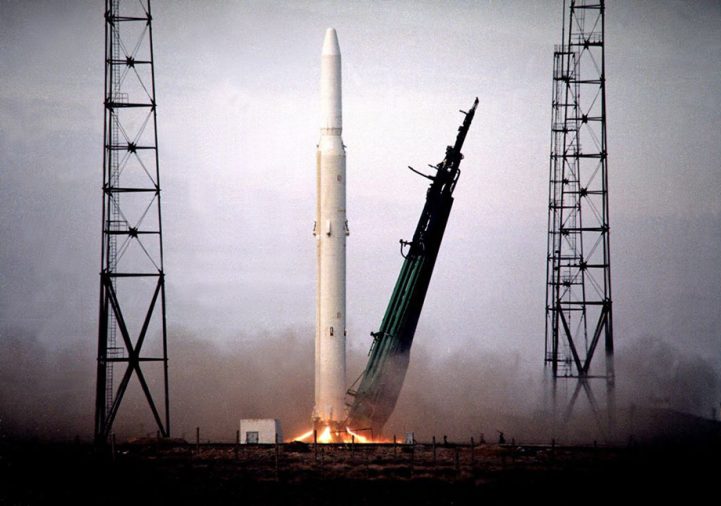
The transitional stage between the Cyclone-2 and Cyclone-3 was the Cyclone-2K. The rocket was equipped with an additional stage and was designed specifically for the needs of commercial launches (of course, only for socialist countries). Cyclone-3 was put into operation in 1980, and 15 years later, in Ukraine’s first years of independence, it was used for the historic launch of the Ukrainian monitoring satellite Sich-1. Over the entire history of its operation, Cyclone-3 will carry out 122 orbital launches, 115 of which were successful.
However, any further chapters in Cyclone history with subsequent modifications (primarily the Cyclone-4M) are still on pause. The rocket was supposed to launch from a newly created Canadian spaceport in Nova Scotia, but neither the construction of the launch pad nor the construction of a new version of the rocket have yet been completed.
Another “reconstruction” of an ICBM into a civilian rocket was the Dnipro, which has its roots in the RS-20 (NATO designation SS-18 Satan). The Dnipro was already a purely Ukrainian development, as its design began in the 1990s, and on April 21, 1999, the rocket successfully delivered its first payload into orbit. In total, the Dnipro carried out 22 space launches (the last one in 2015), all but one of which were successful. A number of Ukrainian enterprises were involved in the production of flight control systems, in particular Khartron, Monolit, and Kyivprylad.
Today there are two modifications of the rocket:
- The Dnipro-1 completely copies the design features of the RS-20, except for its fairing adapter. The rocket is capable of delivering 4.5 tons of payload to low Earth orbit, 3.3 tons to the ISS, and (theoretically) carrying translunar payloads up to 900 kg.
- The Dnipro-M is a modified version of the Dnipro-1, equipped with additional engines for orienting and stabilizing the rocket. The rocket also received an elongated main fairing which significantly increased its operational ceiling.
Ukraine’s successful experience in operating various modifications of the Cyclone and Dnipr indicates that the country has taken the right steps with its rocket industry. Firstly, after the collapse of the USSR, a significant number of such rockets remained in Ukrainian stocks (with about 150 RS-20s alone belonging to Kosmotras). These rockets had an impressive shelf life, and if necessary, they could be quickly converted for the needs of commercial orbital launches. If there were numerous orders, Ukraine could increase the pace of its production of new rockets, offering potential customers a fairly attractive launch cost (on average, one launch of a Dnipro rocket is estimated at $30.7 million). And in general, Ukraine started down this path, but the war has interfered.
The experience of modifying ICBMs into Cyclone and Dnipro series rockets was a fairly promising opportunity for Ukraine to get rid of its arsenal of military ballistic missiles while still deriving benefit from them. This process required minimal costs (dramatically less than designing and developing a rocket from scratch), and was also characterized by high reliability (the use of ICBMs does not forgive mistakes) and speed of assembly.
Private aerospace as a cure for the specter of communism
Looking back at the arduous, 30-plus-year journey that the Ukrainian rocket industry has taken, it should be noted that its development was largely hampered by the infrastructural and technological legacy of the Red Empire. It was this legacy that gave Ukraine vain hope of its own power in the aerospace sector, because, frankly speaking, the country has not found much success on the international stage.
The revival and modernization of the Ukrainian rocket manufacturing sector was also complicated by how the industry was managed – instead of Soviet-era “red directors” being lustrated, they were simply appointed as the heads of state enterprises under independent Ukraine. Without belittling the individual merits of these people, we must still recognize that they simply did not know how to run a modern space business. Therefore, Ukraine carried the damaging inertia of the post-Soviet development model for decades.
Recent years have somewhat transformed this system, and movement towards state corporatization is now underway. In October 2019, Ukraine amended the Law “On Space Activities” (No. 1071) to allow foreign private companies to engage in space activities in Ukraine and attract new investments into the sector. Plans were subsequently made to create a state aerospace holding of four state enterprises: the M.K. Yanhel Pivdenne design bureau, the Kharkiv firm Kommunar, the Kyivprylad production association, and the A.M. Makarov Pivdennyy Machine-Building Plant. These changes were initiated by the Cabinet of Ministers of Ukraine at the end of 2021.
The transition to a branched management model has been brewing for a long time. The goal is to build a system of state-owned joint stock companies, in which both private shareholders interested in its development and boards of directors will have influence on the state aerospace sector. Thus, Ukraine has given itself the opportunity to relieve the government of the burden of state financing for a very expensive branch of the space industry. Likewise, the burdensome state assets of enterprises that currently remain on the brink of bankruptcy can be replaced with assets of at least equal value.
In addition to state-owned enterprises, there are also private players in the country that can offer interesting, globally in-demand technical solutions. This particularly includes the satellite electric propulsion industry, which is now experiencing a real boom, driven by the main challenge for modern cosmonautics: the congestion of Earth’s orbital space with both space debris and active satellites. The ability to maneuver based on data received from space traffic awareness systems is the main solution for this problem, and the Ukrainian company SETS (Space Electric Thruster Systems), based out of the historic space city of Dnipro, is hard at work creating world-class engines.
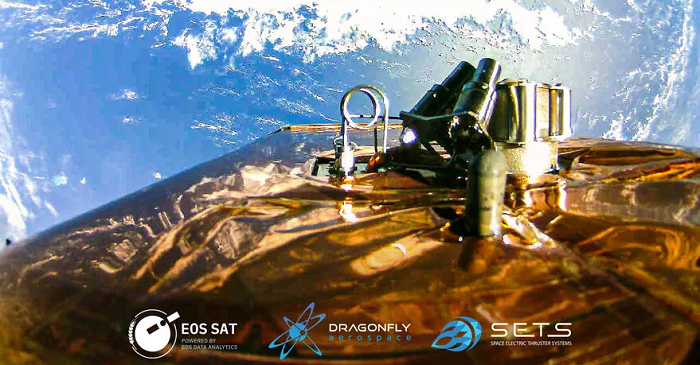
Ukraine is also seeking to rethink its past experience. For example, one can see echoes of the country’s participation in the Sea Launch project in the State Space Agency of Ukraine’s plans to build a maritime spaceport. The sea-based launch pad will be presumably significantly smaller (on average nine times smaller) than its predecessor, from which Zenit-3SL was launched. The small size is justified by the fact that the updated version of Sea Launch is planned to launch ultra-light launch vehicles to deliver small satellites and spacecraft into low orbits. At the beginning of February 2022, the head of the Ukrainian space agency Volodymyr Taftai named 2025 as the approximate date for the construction of the maritime launch platform, but it should be understood that the bloody war with Russia, if it does not curtail this project, will certainly postpone its delivery date for the foreseeable future.
Fortunately, there are entrepreneurs in Ukraine who have experience in launching small payloads into orbit. In 2017, Ukrainian businessman Max Polyakov gave second life to the American rocket company Firefly Space Systems by acquiring its assets. The company’s rocket fleet, now called Firefly Aerospace, currently consists of two rockets (Firefly Alpha and Beta). They provide a launch option specifically geared towards small satellites and payloads. Now Firefly Aerospace, together with Northrop Grumman, are developing a completely American version of the Antares 330 (which is set to replace the Antares 230+ mentioned earlier).
The best days for Ukraine’s rocket industry are still ahead. However, there is no use in expecting serious investments from the Ukrainian government in rocket and space technologies during the destructive and debilitating ongoing war. Ballistic rockets are predominantly regarded for their military utility, as this is Ukraine’s existential need right now. It is military missiles that allow Ukraine to maintain its statehood.




